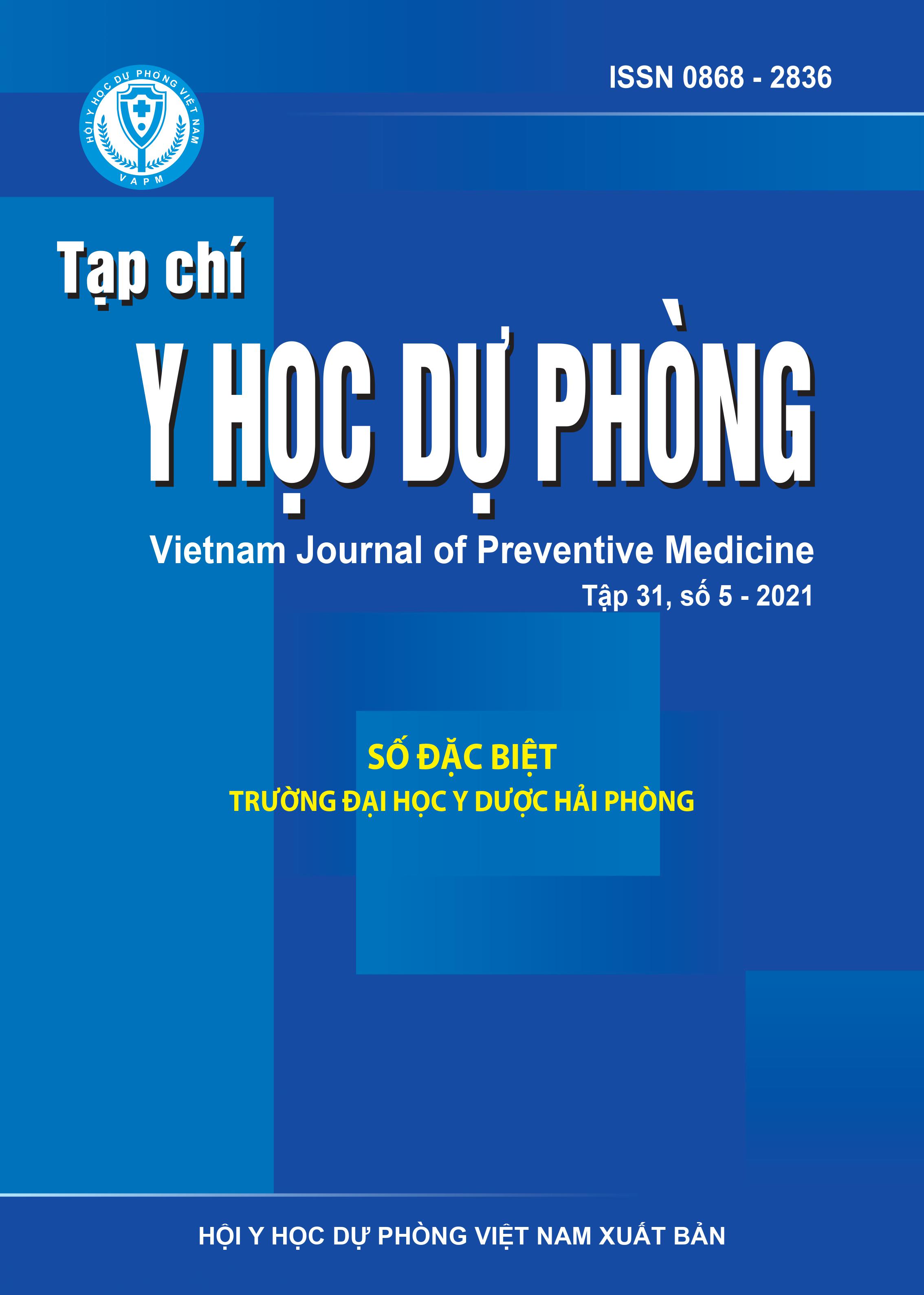The situation of human resources in Hai Phong Children’s Hospital in 2019 – 2020
DOI:
https://doi.org/10.51403/0868-2836/2021/362Keywords:
Human resources for health, health worker, Hai Phong Children’s HospitalAbstract
A cross-sectional study was conducted at Hai Phong Children’s Hospital from May to June 2020, aimed to describe the current situation of the hospital’s human resources the data was collected from the hospital’s human resource management software. In a total of 585 health workers, the percentage of women was 80.6%, men were 19.4%, health care workers were mainly 25 - 39 years old (70.1%). Most doctorshad university degrees (53.8%); the ratio of intermediate pharmacists/intermediate pharmacy technicians was 72.7%; the rate of intermediate nurses was 71.4%. The personnel structure of the hospital was not reasonable: 1.7 health workers/ staffed, the structure of the clinical department was 66.7%, higher compared with regulations, the administrative and management department rate was low (17.1%), the proportion of subclinical and pharmaceutical departments was reasonable (16.2%). The ratio of doctors/nurses, midwives and technicians was 1/3.3 within the prescribed threshold; the ratios of pharmacist/doctor, pharmacist/intermediate pharmacist were low, 1/33 and 1/3.5 respectively. The Hospital Board of Directors needs to have specifc plans and strategies to increase human resources, especially high-quality health human resources and having a plan to allocate appropriate human resources to meet the demand of health care for people as well.
Downloads
Downloads
Published
How to Cite
Issue
Section
License
Publication License No 150/GP-BTTTT signed on May 8, 2014;
Electronic Publication License No 322/GP-BTTTT signed on June 15, 2016.


